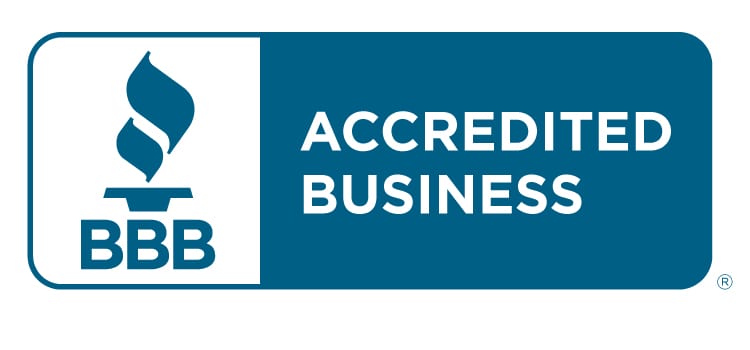Pros and Cons of AI Tools for Marketers
Are artificial intelligence and machine learning tools like ChatGPT a big win for marketers — or a big risk?
There’s been a lot of buzz about AI-generated content and marketing assistance, but it can be hard to read between the lines and figure out whether ChatGPT and other AI tools will help or harm your efforts.
Before you go all in, you should be aware of these key pros and cons of AI.
Pros
If you want to increase efficiency, then AI tools are primed to help. Some of the biggest benefits of ChatGPT and other AI programs include the following:
- Faster lead scoring and content creation.
- Automation of certain routine communication tasks.
- Quick analysis of customer data.
- Streamlined personalization of messages and offers.
- On-demand customer engagement.
Beyond boosting your productivity, these benefits can help you learn more about your customers and put that additional information to use — especially when optimizing and personalizing your marketing strategies.
Cons
Remember that AI is a tool that can help skilled marketers do their jobs rather than a replacement for marketers themselves. Before making any organizational changes based on AI’s benefits, consider some of these major cons, including:
- Concerns over accuracy.
- Inability to mimic true human-to-human connections.
- Built-in biases.
- Concerns over privacy and security.
- Lack of full language translation capabilities.
Ultimately, if you end up relying too much on AI, you lose the human element at the heart of successful marketing campaigns. AI should only be used to supplement your existing strategy, not execute it from start to finish.
Want to know more? Get in touch so we can chat.







